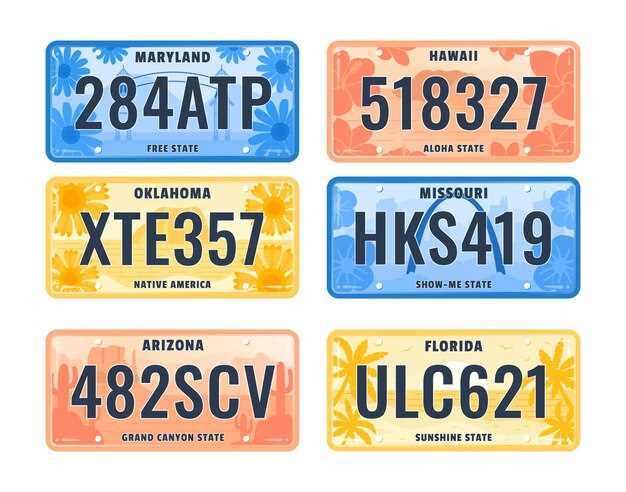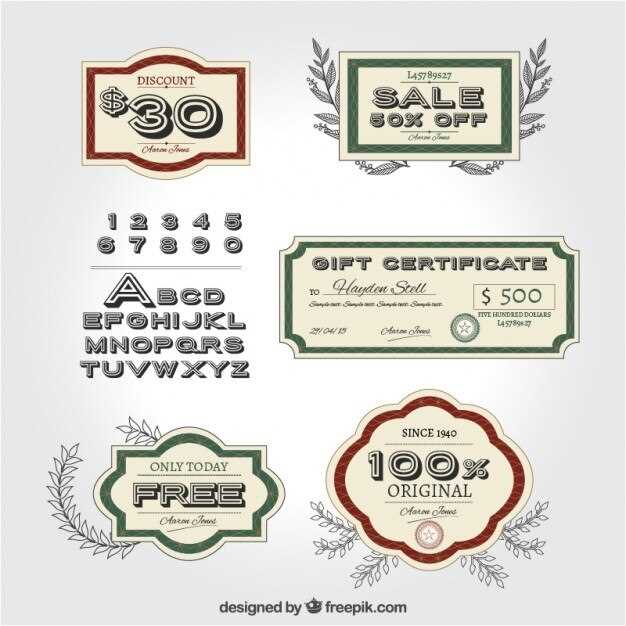
The world of collectible vintage license plates offers enthusiasts not only a glimpse into the past but also a unique opportunity to connect with history through registration and ownership. However, navigating the legal landscape surrounding these classic artifacts can be complex due to the varying state regulations that govern their use, registration, and transfer. Understanding these regulations is essential for collectors aiming to preserve not only the aesthetic value of these plates but also their legal standing.
License plate laws differ significantly from state to state, reflecting diverse attitudes toward vehicle registration and vintage items. Some states actively promote the collection of vintage license plates by providing special classifications, while others impose strict guidelines that limit their use on vehicles. Collectors must familiarize themselves with their local rules regarding the display, renewal, and registration of vintage plates to ensure compliance and avoid legal complications.
In this article, we will explore the key regulations governing collectible vintage license plates across different states. We will examine the criteria for registration, the requirements for obtaining historical or antique status, and the implications of using these plates on modern vehicles. By understanding these factors, collectors can make informed decisions that align with both their passion for vintage memorabilia and the legal frameworks that protect them.
Understanding the Legal Requirements for Registration of Vintage License Plates
When acquiring vintage license plates, it is essential to understand the specific registration requirements mandated by state authorities. Each state has its own set of regulations governing the use and registration of these collectible plates.
Generally, vintage license plates are defined as those manufactured a certain number of years ago, typically 25 years or older. To register these plates, vehicle owners must often provide proof of the year of manufacture, ensuring compliance with the state’s vintage plate definition.
Additionally, applicants may need to submit an application form that includes details about the vehicle, including the make, model, and year. Some states require photographs of the plates for verification purposes. It’s also common for states to impose a limit on the number of vintage plates that can be registered for personal use.
Fees for registration can vary significantly from state to state, and it is crucial to verify whether any additional costs apply for special plate configurations or vanity options. Also, each state may have specific conditions regarding the display and use of vintage plates; for instance, these plates may be allowed on non-commercial vehicles only or in limited circumstances.
Lastly, in most jurisdictions, it is mandatory to keep the vintage license plates in compliance with state regulations, including maintaining them in good condition. Understanding these legal requirements is vital for collectors to protect their investments and ensure they enjoy the benefits of owning vintage license plates legally.
Navigating State-Specific Restrictions and Guidelines for Collectors

Collectors of vintage license plates must be aware of the varying state-specific restrictions and guidelines that influence their registrations. Each state has its own regulations regarding the age, condition, and usage of collectible plates, making it essential to research local laws before acquiring or displaying these items.
Age and Eligibility: Most states categorize license plates based on age, often setting a minimum threshold, such as 30 years. Collectors should ensure that their plates meet these criteria to qualify for special registration. Some states even differentiate between types of plates, such as souvenir versus standard, which can further complicate the registration process.
Condition and Authenticity: In various states, the condition of the plates can affect their eligibility. Collectors may need to provide proof of authenticity, particularly for plates that are in pristine condition. States may require documentation or certification from recognized organizations to validate the age and originality of the plates.
Display Restrictions: Certain states impose restrictions on how collectible plates can be displayed. For instance, some regions mandate that vintage plates be affixed to vehicles only under specific circumstances, such as during car shows or exhibitions. Understanding these limitations is crucial for collectors who wish to showcase their collections responsibly.
Registration Process: The registration process for collectible plates can involve additional fees and paperwork compared to standard plates. Collectors should be prepared to fill out specific forms and may need to provide evidence of the plates’ historical significance. Staying informed about deadlines and submission procedures is vital to avoid penalties or rejections.
Overall, navigating the landscape of state regulations requires diligence and a comprehensive understanding of local laws. By familiarizing themselves with individual state guidelines, collectors can ensure that their passion for vintage license plates aligns with legal requirements.
Steps to Ensure Compliance and Protect Your Collectible License Plate Investment

Investing in collectible vintage license plates can be rewarding, but it is essential to follow state regulations to protect your investment. Here are key steps to ensure compliance:
1. Research State Regulations: Different states have varying laws regarding the ownership, registration, and display of vintage license plates. Familiarize yourself with the specific regulations that apply to the plates you own or intend to purchase. Visit your state’s Department of Motor Vehicles (DMV) or equivalent authority for accurate information.
2. Verify Plate Authenticity: Ensure that the plates you buy are genuine and not reproductions. Authentic plates frequently have distinct markings or features that demonstrate their vintage status. Documentation or certificates of authenticity can enhance their value.
3. Register Your Plates: Some states require vintage plates to be registered, even if they are not used for regular vehicle operation. Check if you need to obtain a registration for display purposes and follow the designated process. Failure to register can negatively impact your investment.
4. Maintain Proper Documentation: Keep comprehensive records of each plate’s provenance, including purchase receipts, restoration history, and any relevant correspondence. This documentation can serve as proof of authenticity and may be crucial for future valuation or resale.
5. Store and Display Properly: Protect your plates from physical damage and environmental elements. Store them in a climate-controlled environment and use mounting materials that do not cause damage. Proper handling and display maintain their condition and value.
6. Stay Informed on Market Trends: The collectible license plate market can fluctuate. Stay updated on values and demand for specific plates by joining collector groups, attending shows, and following online marketplaces or auction sites.
7. Consult Professionals: If you are uncertain about regulations or the value of your plates, consider consulting with professionals, such as appraisers or legal experts in vehicle regulations. Their insights can help safeguard your investment.
By following these steps, you can ensure compliance with state regulations while protecting your investment in collectible vintage license plates.
